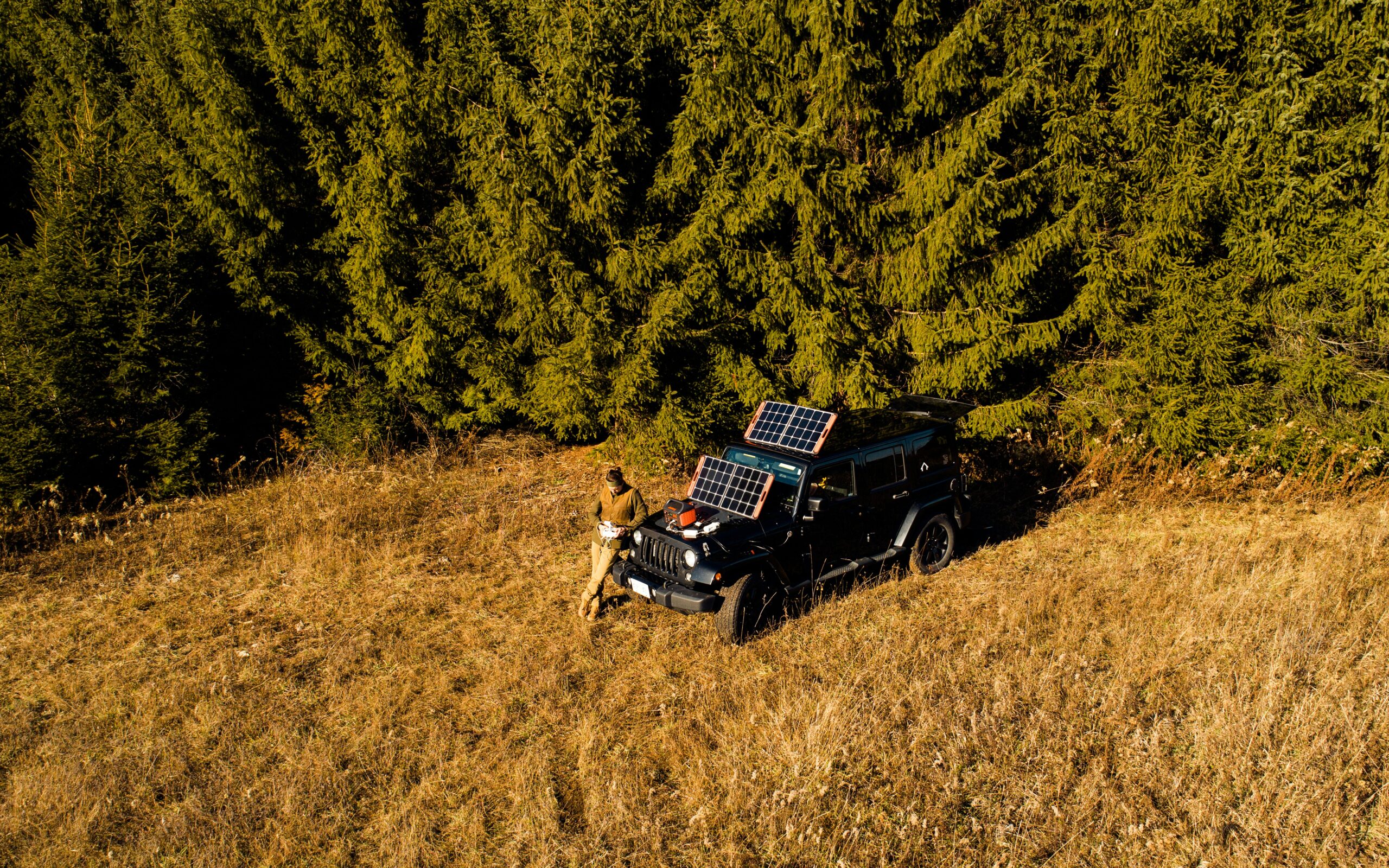Global solar installations are expanding at an unprecedented rate, with new capacity in 2023 projected to surge by 29% compared to the previous year. In regions such as Africa, South Asia, and Latin America, solar energy is emerging as a primary power source. Despite lagging policy frameworks, the market-driven solar revolution has become irreversible.
Solar Revolution Accelerates: Disruptive Transformation of Global Energy Systems
Solar energy growth is outpacing expectations and driving global energy transition. According to a report by energy think tank Ember, global solar installations surged by 29% year-on-year in 2023, with solar now meeting all new global electricity demand. This trend signals solar’s rise as a cornerstone of the global energy mix. The International Energy Agency (IEA) predicts solar will surpass all other energy sources by 2033 to become the world’s dominant power source. As fossil fuel demand plateaus, solar is filling the gap. Kingsmill Bond, a senior energy strategist at clean energy think tank RMI, notes: “If solar maintains its current growth rate, fossil fuels could be entirely displaced from the energy market by 2030.”
Africa’s Solar Revolution: Market-Led Transformation
Africa’s solar adoption is particularly explosive. Despite limited government support, market demand has sparked a “quiet solar revolution”:
- South Africa: Satellite data revealed 5,700 MW of installed solar capacity in Q1 2023—far exceeding the government’s 2019 estimate of 500 MW. Only 55% of this capacity was officially registered.
- Kenya: Rooftop solar installations now total 200 MW, meeting 9% of national electricity demand.
- Namibia: Small-scale solar systems account for 96 MW, representing 15% of the country’s energy mix.
- Pakistan: Solar panel imports from China in the first half of 2023 equated to a quarter of the nation’s total power generation capacity.
For years, small-scale solar systems in these countries operated largely outside government oversight. Yet their economic viability has driven widespread adoption by businesses and households. In South Africa, 80% of small solar projects are commercial, while falling prices are accelerating residential uptake.
Economic Drivers of Solar: Low Costs and Flexible Deployment
Solar’s explosive growth stems from plummeting costs and rapid scalability. Compared to wind or coal-fired plants, solar systems offer:
- Speed: Panels can be installed quickly with streamlined approval processes.
- Modularity: Suitable for both utility-scale projects and small commercial/residential use.
- Affordability: Plummeting Chinese panel prices make solar the cheapest energy source.
- Independence: Ideal for regions with limited grid access, enabling Africa and others to leapfrog fossil fuels entirely.
Energy Transition in the Global South: Outpacing the North
Many Global South nations now lead in renewable energy adoption. For example:
- Brazil, Morocco, Mexico, and Uruguay have higher solar/wind shares than many European countries.
- Solar and wind capacity in the Global South is projected to quadruple by 2030.
Future Challenge: Addressing Solar’s Intermittency
Despite rapid growth, solar’s intermittent power generation remains a hurdle. The IEA warns that a solar-dominated energy system will require massive investments in energy storage and grid infrastructure.
New Energy Africa’s Perspective
New Energy Africa argues that Africa stands at a pivotal moment. To unlock solar’s full potential, governments must provide clearer policy frameworks and incentivize investments in energy storage and smart grids. If nations seize this opportunity, Africa could not only resolve its energy deficits but also emerge as a global leader in green energy.



